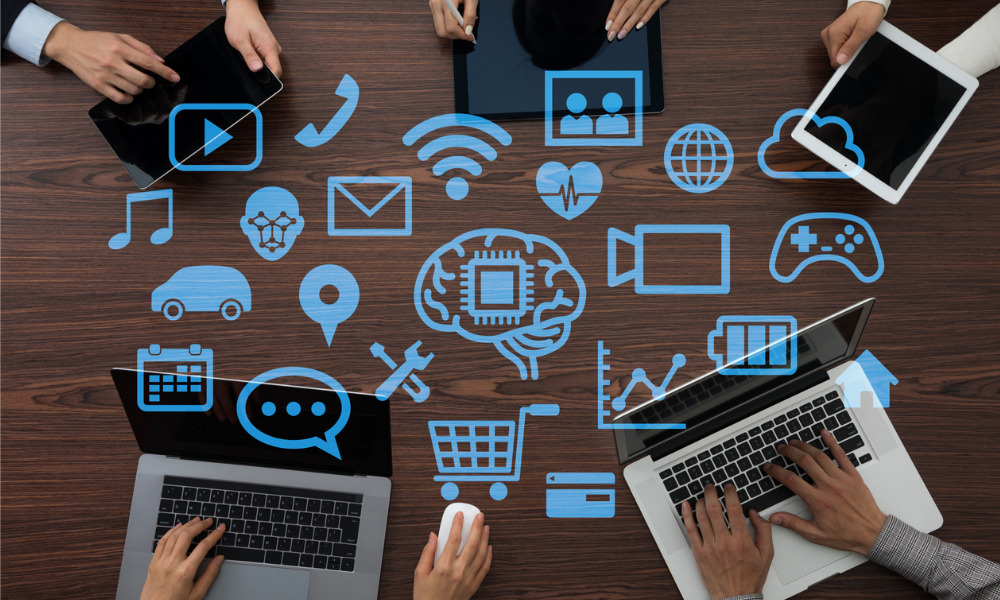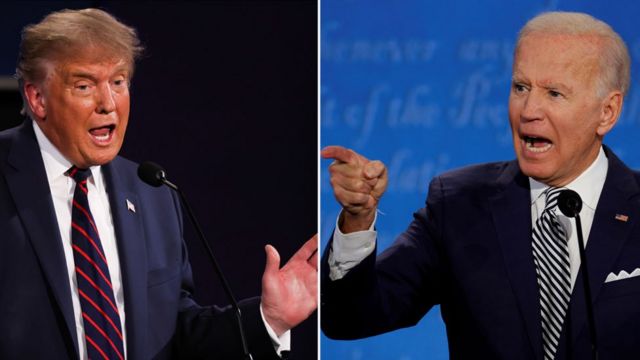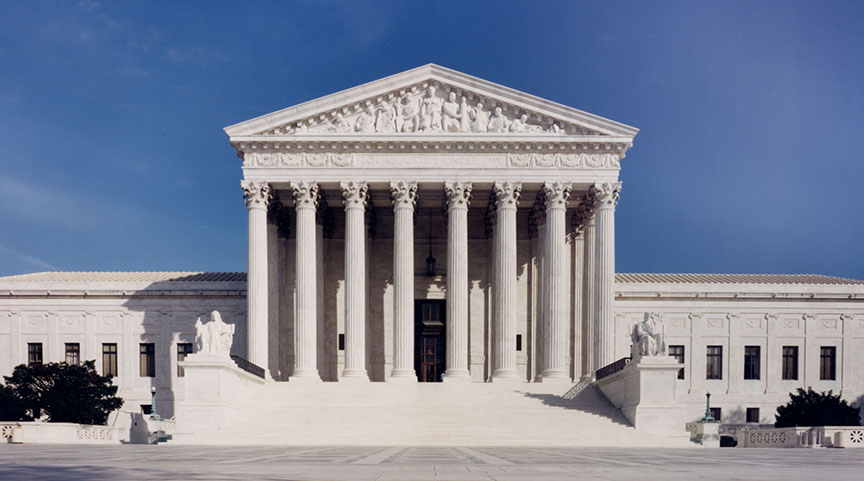GATEKEEPING THEORY
To put it broadly, the Gatekeeping Theory is the process of selecting, and then filtering, items of media to be presented to an audience. It takes the countless pieces of information into the limited number of messages that reach people each day, and it is the center of the media's role in modern public life. There are people that take information on millions of events and turn it into a subset of media messages, these people are called mediators. A task like narrowing all the potential messages to so few seems nearly impossible, but there is a tedious process that makes it happen every day. There can be several different news outlets reporting on the same incident, and each news source can give a different message about the incident to their audience.
It is important to note that gatekeeping is not censorship. Gatekeeping is about maintaining the quality of the content and its relevancy. Censorship is the removal of discussions about what the controller sees as disagreeable topics.
On social media, I often see people trying to gatekeep. For example, I have been on Tik Tok and a video will pop up where a girl is wearing a really cute outfit. In the comments of the video, people will ask her where her outfit is from, and she will not respond. People then will comment "Why are you gatekeeping clothes??" This is how I originally thought to use the term "gatekeeping" until I researched it for my second EOTO project in a way that focuses more on the media sources.
There are five factors that go into the process of gatekeeping:
1. Individual: this would be a journalist who reports on the news & has the most influence over a news article
2. Routine: themes shown in the news and other media is always in a pattern, meaning that media organizations have schedules to follow and have a specific time for each category
3. Organization: media organizations have their own views, agendas, and propaganda. These organizations also have to follow certain rules and ethics
4. Extra-media: most media organizations are governed by related ppl in organizations & institutions who have a say in what is published, like sponsors, advertisers, government, etc. This is a really important factor because it suggests that media companies are highly influenced by financial supporters. This means that negative views associate associated w these related companies will not pass through the “gate” for publication
5. Ideology: societal ideologies must be followed by the media as it influences what is reported. The norms and values of people must be respected by the media.
Gatekeeping has a huge impact on society as a whole today, especially currently where misinformation is constantly being spread. It is very easy to become a reporter today since there is such easy access to technology, anybody can share information on the internet. Gatekeeping is needed now more than ever because of clickbait, fake news, and misinformation. People want honest news, that does not push a certain agenda or bias - but these are very hard to find. An article has shown that only 44% of people trust the media. There is still a need for news that is credible without too much distortion of the truth. Media sources have gained a lot of online presence through the rise of social media and as a consequence, the role of gatekeeping has turned into "audience gatekeeping". Audience gatekeeping is the process in which users share news-items and comment on them based their own opinions, which leads to people retelling and redistributing news agendas.
Gatekeeping is a controlling process and is influenced through many areas within the media organizations. The question this begs is: to what extent can we really trust the media, to provide us with unbias, truthful, honest news, that is not subjective to opinion, political, or financial incentives?










